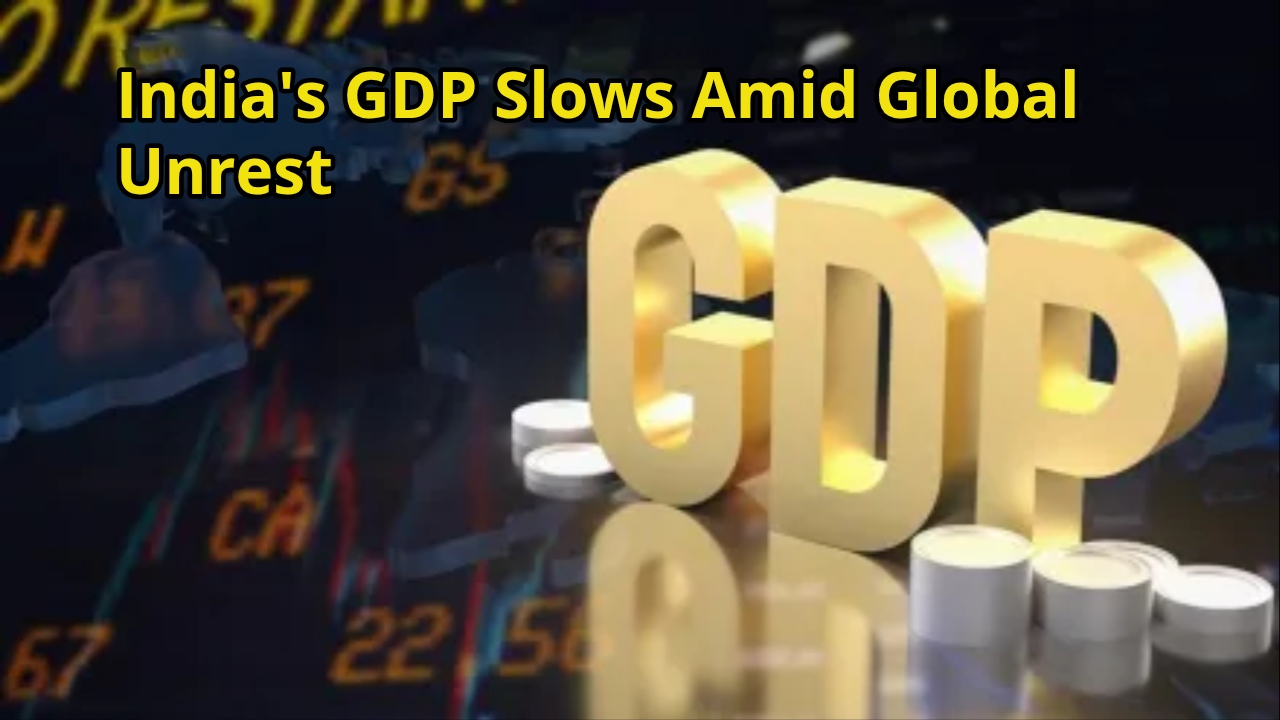India’s economy will probably be hampered in the year ahead. agency for credit rating lowering the GDP growth projection for the fiscal year 2025–26 from 6. 5% to 6. 2%, ICRA has changed its country’s growth outlook. The downgrade is mostly caused by increasing world uncertainty, continuous geopolitical tensions, and erratic market conditions that might affect trade and investment.
Why the Projected Expansion Was Lowered
ICRA cited several worldwide events that might impede India’s economic growth. Unstable conditions are created by tensions in West Asia, erratic financial markets, and ambiguous trade policies. In the following fiscal year, these dangers could strain India’s economic performance.
Still, ICRA pointed out that India can still attain a 6. 2% growth rate should the monsoon stay normal and crude oil costs range about $70 a barrel. A stable monsoon would aid agriculture, and modest oil prices would assist to curb import expenses and inflation.
Mixed Economic Activity Trends
In the first two months of the April–June 2025 quarter, the agency noted that the economy displayed a varied performance. Nine out of seventeen non-agricultural industries improved when compared to the last quarter of the prior fiscal year.
Surprisingly, the early monsoon arrival in May 2025 had an unplanned negative effect. Likely because of disturbances brought on by intense rain, it hurt the mining and energy industries. Even with this, timely rains should help the agricultural industry.
According to ICRA, the Gross Value Added (GVA) of the agricultural sector might rise by around 4. 5% in the first quarter of FY26. For the whole year, agricultural development is expected to fall between 3. 5% and 4%.
Though certain industries are under pressure, there are also encouraging developments notably in metropolitan consumption. Several elements are projected to raise urban expenditures. These consist of income tax rebates, rate reductions, and checkmating food price inflation.
Demand for goods and services in urban areas will continue to be strong as prices remain contained and incomes rise for people. This might help to sustain general economic expansion despite obstacles elsewhere.
Inflation Seen as Expected to Slow
Good news for customers, ICRA projects inflation to moderate next year. The CPI inflation rate is expected to decline to 3.5% in FY26, a noteworthy decrease from 4. 6% in FY25. Reduced inflation not only helps families better control their finances but also creates an opportunity for the central bank to think about interest rate reductions, which might help to further fuel growth.
The anticipated increase in government spending is another good element. ICRA projects a 14. 2% rise in government capital expenditure in FY26, which covers infrastructure, transportation, and other development projects that might generate employment and boost demand in the country.
Private investment, nevertheless, might not take off as rapidly. Weak worldwide demand and growing competition from Chinese imports could deter Indian companies from making significant investments in the near term.
Though at a bit slower rate than once anticipated, India’s economy is still on track to expand. The general momentum is likely to be dragged down by local industry obstacles and worldwide dangers. But with helpful government measures, lessening inflation, and sustained consumer demand, the nation might yet achieve a respectable 6. 2% growth rate in FY26.
Although the path ahead might not be totally clear, India possesses many advantages that would enable it to survive the tempest and maintain a steady growth path.
